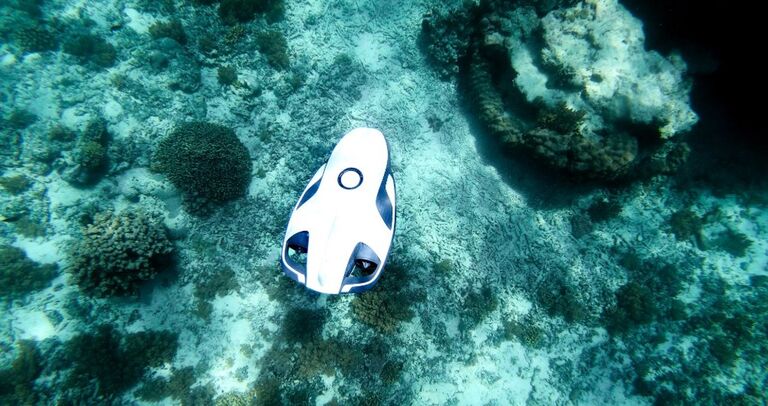Scientists Discover Strange Holes On The Seabed – And What Caused Them Is Deeply Concerning
It’s like a scene out of a sci-fi movie. A group of intrepid scientists are using extremely sophisticated technology to examine a number of sizable – and perplexing – holes spread out along the bottom of the Pacific Ocean. Stationed off the coast of California’s Big Sur, the experts have managed to secure access to a specially developed robot to help them achieve their goal. But what the robot will reveal about these mysterious seabed phenomena is deeply troubling for humankind.
A groundbreaking find
Their machine will soon reach a position where it’ll be able to transmit information about the holes dotted around the seabed. But while they don’t quite know it yet, the scientists are in for something of a shock. You see, the nature of these mysterious pits is far from what the experts might have expected. And what’s more, they’ve seemingly come into being for a deeply troubling reason.
Pockmark field
This particular area of the seafloor has been designated as a pockmark field – a reference to the large dents that define it. It’s been referred to as the largest pockmark field in all of North America, in fact. And while evidence for the cavities apparently first emerged back in 1999, the phenomenon puzzled scientists for many years after.
Sending down the AUV
Over the last decade or so, however, a more concerted attempt has been made to find out more about the pockmarks. And that’s exactly why scientists sent the robot – known as an Autonomous Underwater Vehicle (AUV) – to the seabed. Yet while the aim of this endeavor was to learn about the big cavities, the AUV ultimately revealed something else in the process – and this discovery was concerning, too.
Dedicated scientists
But while some mysteries do still surround this pockmark field, scientists certainly know more about the area than they did two decades ago. This is all largely thanks to the work of the National Oceanic Atmospheric Administration (NOAA) and the Monterey Bay Aquarium Research Institute (MBARI).

